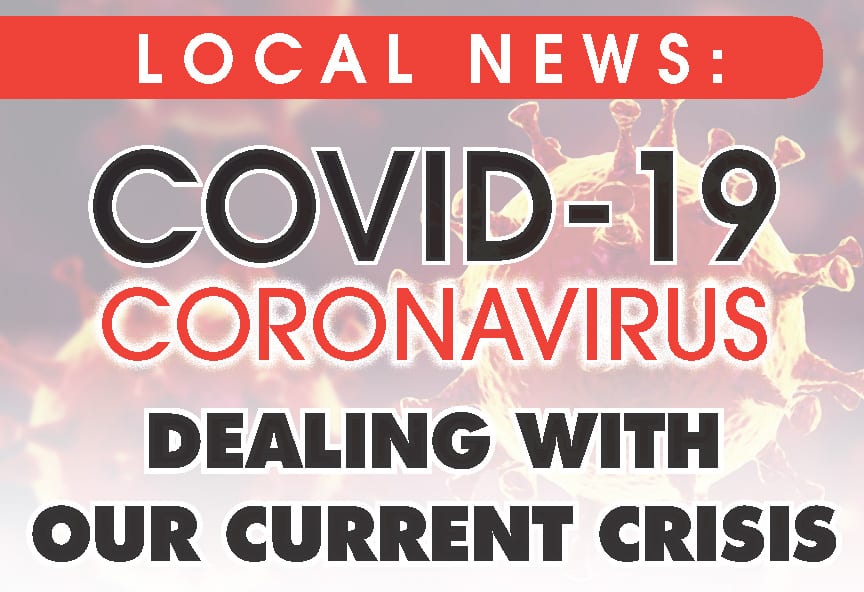To mask or not to mask. That is the question on many a mind as the COVID-19 virus shows no signs of slowing.
Spotlight Newspapers continues to provide coronavirus related news updates beyond our paywall in the best interest of our community. We ask that if you are able to support our efforts that you please consider buying a subscription by clicking here.
The short answer, according to Dr. Elizabeth Whalen, the head of the Albany County Health Department, is wearing a mask can’t hurt, but it’s not full-proof protection from the pandemic that has shut down the world.
Unlike a rose, though, a mask even by the same name is not the same.

There are the dust and surgical masks sold at hardware or drug stores that have one strap and do not fit snug enough to the face to effectively prevent someone from infected airborne respiratory droplets.
And there are homemade masks and/or things like bandannas, which can be cute or cool and while a good idea but they offer even less protection than an .89 cent dust mask from Home Depot.
They both do a better job of stopping an infected person from spreading the virus than protecting someone from getting it since they will catch the majority of particles expelled by a cough or a sneeze. That is why the Center for Disease Control recommends anyone who is diagnosed to wear a mask and anyone who is symptomatic who enters a doctor’s office to wear a mask too.
Neither do much to protect anyone from catching those same particles once they become airborne, according to the CDC.
There are the much sought after N95 masks, which are certified as respirators. These are heftier and designed with two straps to fit snug enough to stop 95 percent of airborne liquid particles. The general public should not be wearing these because there is a shortage and are needed by health care professionals and first responders who are either dealing directly with COVID-19 patients or, in the least, run a greater risk of coming into contact with someone infected.
And, the general public does not know proper donning and doffing — or putting on and taking off — procedures for personal protection equipment. Every health care professional takes pains to do this correctly because they work under the assumption the PPE did its job and is therefore contaminated. Doing it wrong defeats the purpose of wearing PPE.
Should any type of mask mentioned above capture the COVID-19 virus, for example, and that mask is not taken off properly it will get on a person’s hands or another surface where it can eventually make its way into the body.

The same can be said for wearing rubber gloves. The virus can and does survive on rubber just as easily as it does on human skin, and if the gloves are not taken off properly, or if the face is touched by an infected glove, wearing gloves is a futile exercise.
The virus is most commonly transmitted directly through the air, when an infected person coughs or sneezes, but it can also survive on surfaces where it can be indirectly picked up by touch and eventually transferred into the body when the contaminated hand touches the face.
That is an ancillary benefit to wearing a mask, Whalen said. It makes you think about when you touch your own face, which remains the No. 2 preventative action a person can take, second only to washing your hands.
“We all do this unconsciously,” Whalen said of touching our face. “If you are wearing a mask, and you touch your face, you realize it in a different way. That is a tool people could consider utilizing.
“If you want to talk about the best tools to avoiding infection it is your hands. Keep your hands clean, and avoid touching your face with your hands.”
Other precautions public officials are begging people to follow include: practice social distancing of at least six feet, don’t gather in groups and, most importantly, Whalen said: “to say at home and just wait it out.”



